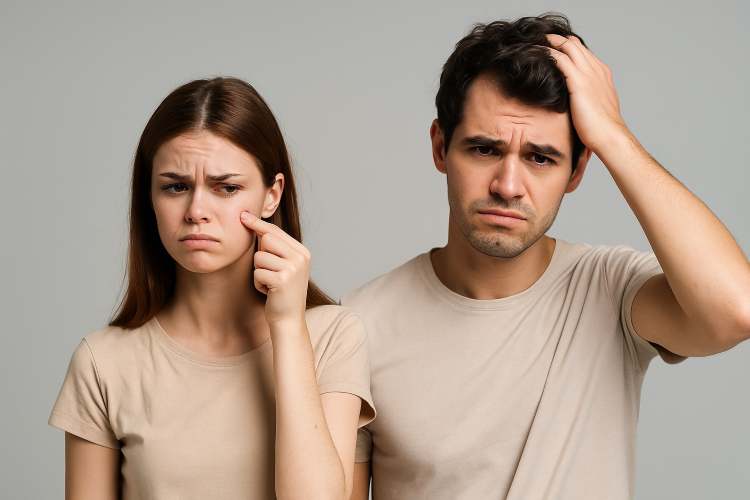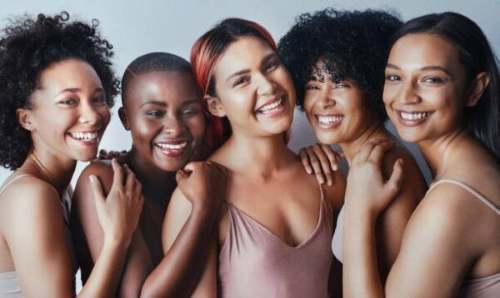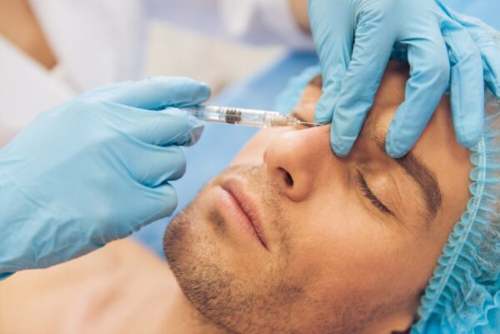
Beauty standards, power and profit: For centuries, societies have debated what defines beauty and social acceptance. From glossy magazine covers in the 1990s to the filtered faces of Instagram and TikTok today, ideals of beauty have evolved — but their power has not diminished. The global beauty industry, built on these ideals, is projected to reach nearly $677 billion in annual revenue by 2025, with more than 50 major brands together accounting for $160 billion in brand value. Behind these figures lies a culture that converts aspiration and insecurity into profit.
Historically, women have borne the brunt of beauty expectations. From early childhood, girls are conditioned to equate appearance with worth. Compliments often focus on looks rather than intellect, reinforcing dependence on external validation. This conditioning sustains a vast global beauty and personal care industry — a sector that thrives by monetising self-doubt. L’Oréal, the world’s largest cosmetics firm, reported over $44 billion in revenue in 2025, a testament to the profitability of idealised femininity.
In India, these pressures intensify during the festival and wedding seasons, when social and cultural emphasis on appearance peaks. Demand for cosmetics and skincare products surges, often drawing in low-quality or counterfeit goods. Unregulated products containing heavy metals or synthetic fragrances frequently enter the market, risking skin damage and hormonal disruption.
READ I Trump’s China tariff threat is more bluff than battle
Digital media and the cult of unreal perfection
Social media has amplified these pressures to a new level. The endless scroll of edited faces and sculpted bodies on platforms like Instagram sets benchmarks that few can meet. Research by the American Psychological Association links such imagery to higher rates of anxiety, depression, and body dissatisfaction, particularly among adolescent girls.

The social effects extend beyond psychology. Studies show that women who conform to dominant beauty standards are more likely to be hired, promoted, and socially accepted — a phenomenon described as “lookism.” This reinforces inequality by rewarding appearance over ability, turning beauty into a currency of privilege.
The new masculinity trap
Men, once culturally exempt from aesthetic scrutiny, now face their own impossible beauty standards. Modern masculinity is being redefined to include height, leanness, muscularity, and style. Hollywood, sports icons, and social media influencers project images of hyper-fit, fashion-conscious men that few can emulate.

This has fuelled a booming male grooming industry, valued at $62.5 billion in 2025 and expected to surpass $85 billion by 2030. From skincare to hair serums and cosmetic surgeries, beauty has become a gender-neutral enterprise. The K-pop phenomenon, with its flawless male idols, has further globalised this ideal.
In India, male grooming products too witness seasonal spikes around weddings and festivals, often accompanied by the same risks of unregulated chemicals. Yet, men face an added challenge — the stigma of admitting vulnerability. Social conditioning discourages them from seeking help for body image issues, even as data from the National Eating Disorders Association shows that one in three patients struggling with eating disorders is male.
Gendered harm, different costs
Are beauty standards equally harmful to men and women? The harm is shared, but it manifests differently. For women, beauty dictates public perception — influencing job prospects, political credibility, and even personal safety. For men, the cost is more internal: anxiety, body dysmorphia, and disordered eating masked behind cultural expectations of stoicism.
While women endure visible, systemic penalties for nonconformity, men fight silent psychological battles. Both outcomes reflect a social order that prizes appearance as a proxy for worth.
Social media and algorithm of insecurity
Digital platforms now act as arbiters of beauty standards. Algorithms favour and amplify images that conform to conventional attractiveness, ensuring that perfection — not authenticity — dominates feeds. Facebook’s leaked internal research (2021) revealed that Instagram worsened body image concerns for a third of teenage girls. Boys are not immune; influencer culture and targeted advertising increasingly shape male self-perception too.
Nearly 70% of global beauty purchases are now influenced by social media endorsements, and Millennials and Gen Z together account for about 60% of total consumption. The market has become a mirror reflecting digital validation — where likes and followers equate to self-worth.
Towards a more inclusive standard
The first step toward change is recognising that beauty standards are not harmless preferences but social hierarchies that enforce conformity. For women, dismantling sexism that links value to looks remains urgent. For men, opening dialogue about body image and mental health is essential.
Educational campaigns and workplace policies must address “look-based” discrimination. Media houses have a role to play by promoting diversity and representing real bodies — not digitally perfected ones. Campaigns like Dove’s “Real Beauty” offer a starting point; expanding such efforts to include men can promote healthier, more inclusive norms.
Mindful beauty consumption
India’s festival-driven consumer culture heightens beauty consumption but also presents an opportunity for reform. Public awareness campaigns can educate consumers about chemical safety, encourage dermatologist consultation, and highlight the dangers of unregulated cosmetics. A culture that celebrates appearance can evolve to also value safety, health, and authenticity.
Ultimately, beauty is neither frivolous nor superficial — it shapes self-esteem, opportunity, and identity. Yet its power has long been misused as a tool of control. As gender roles shift and digital media redraws standards, societies must redefine beauty as an expression of individuality rather than conformity.
Empowering young people with media literacy, promoting authentic representation, and holding corporations accountable can gradually restore balance. When beauty becomes an expression of self, not a benchmark for acceptance, both women and men can finally see it for what it should be — a form of confidence, not control.
Devhooti Pant is an undergraduate student, and Susanthika S Assistant Professor at Christ University, Delhi NCR Campus.
